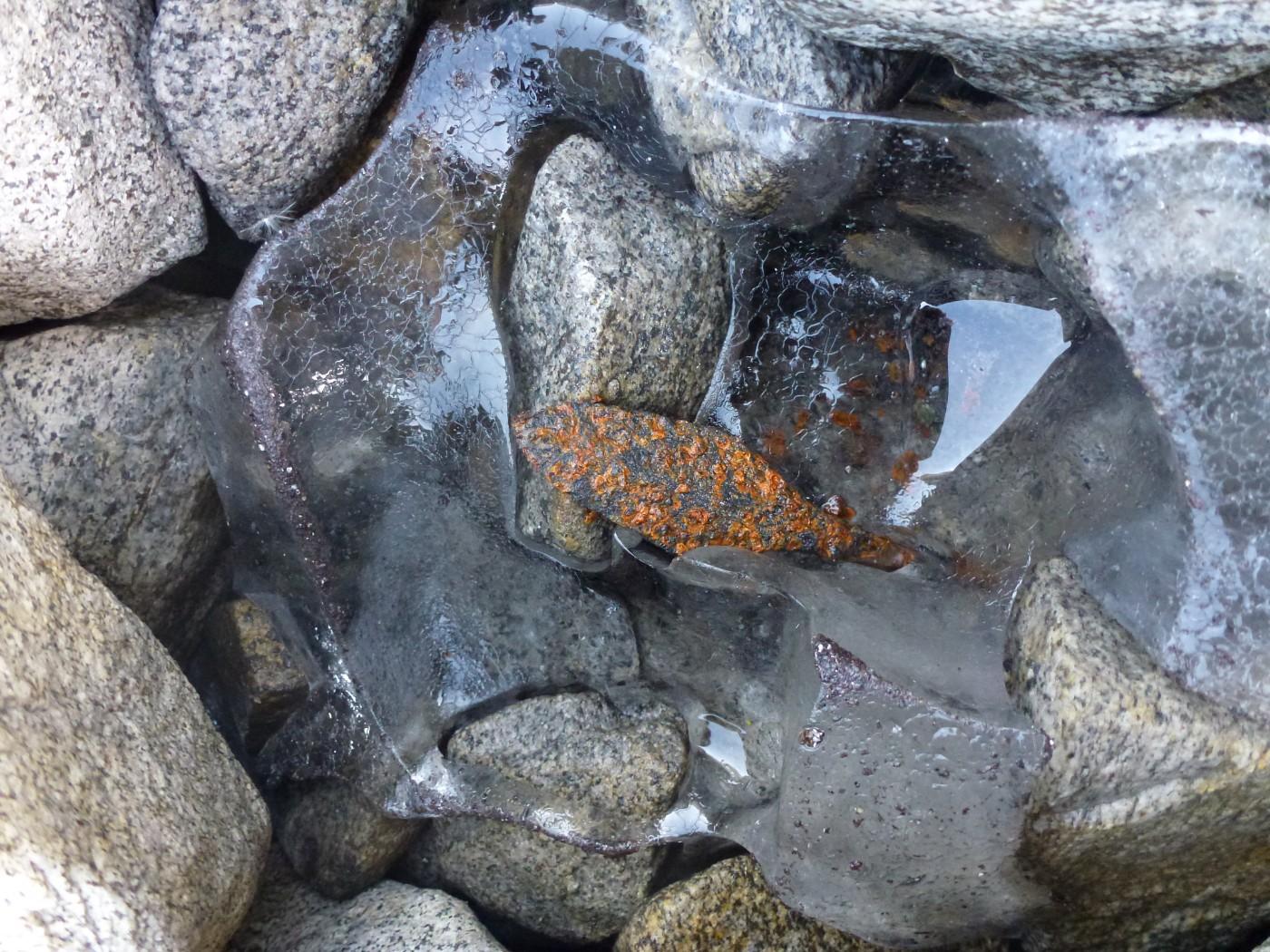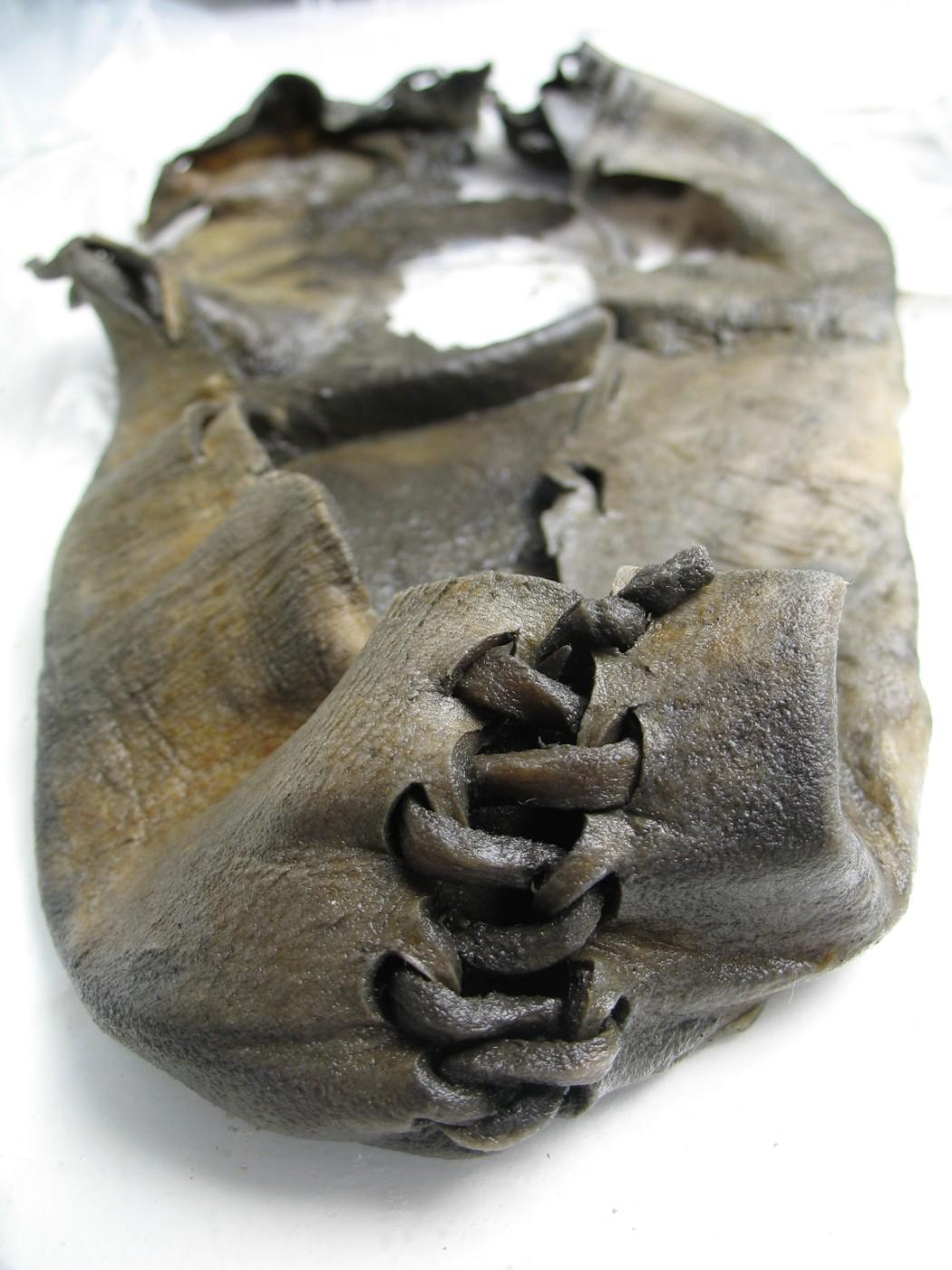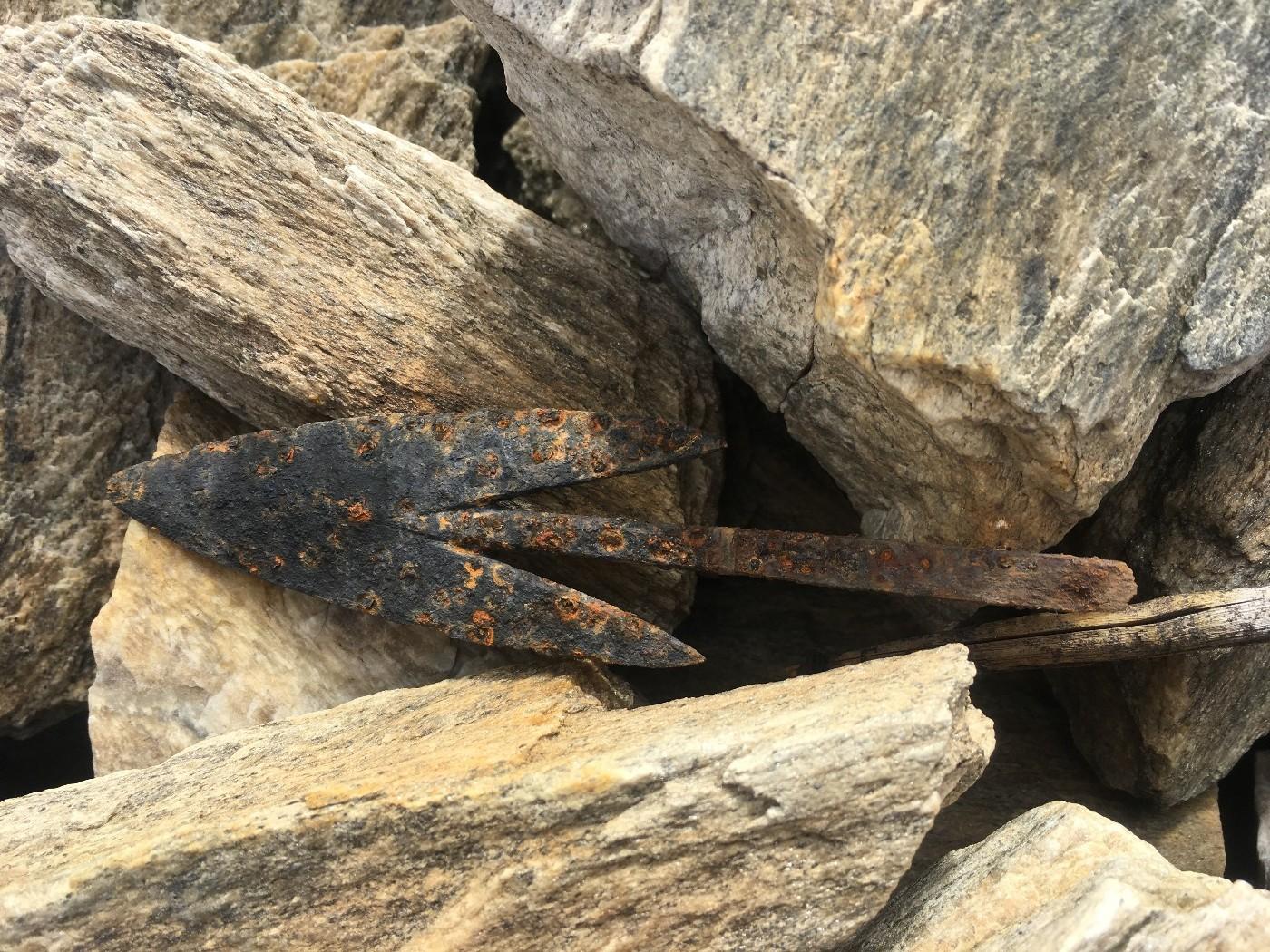Glacier archeology is a field of study that grows as it shrinks: glacial ice that is disappearing due to climate change is exposing land and remnants of ancient man that have been hidden for thousands of years. As global warming causes glacial ice to melt around the world, the terrain these scientists study is rapidly changing, creating new opportunities, new challenges, revealing new keys to understanding the past. Archeologists in once cold, now warming, climates around the world are scouring the newly revealed terrain and finding incredible artifacts.
Oppland County in Norway is the home of Secrets of the Ice, a group of researchers devoted to this unique practice. Since 2006, they have recovered over 2,000 finds from more than 50 sites, some of them from as long ago as 6,000 years. The objects range from tools to arrows, skis, bones and clothing, many of them lost or left behind by travelers trying to cross high mountain passes.





























